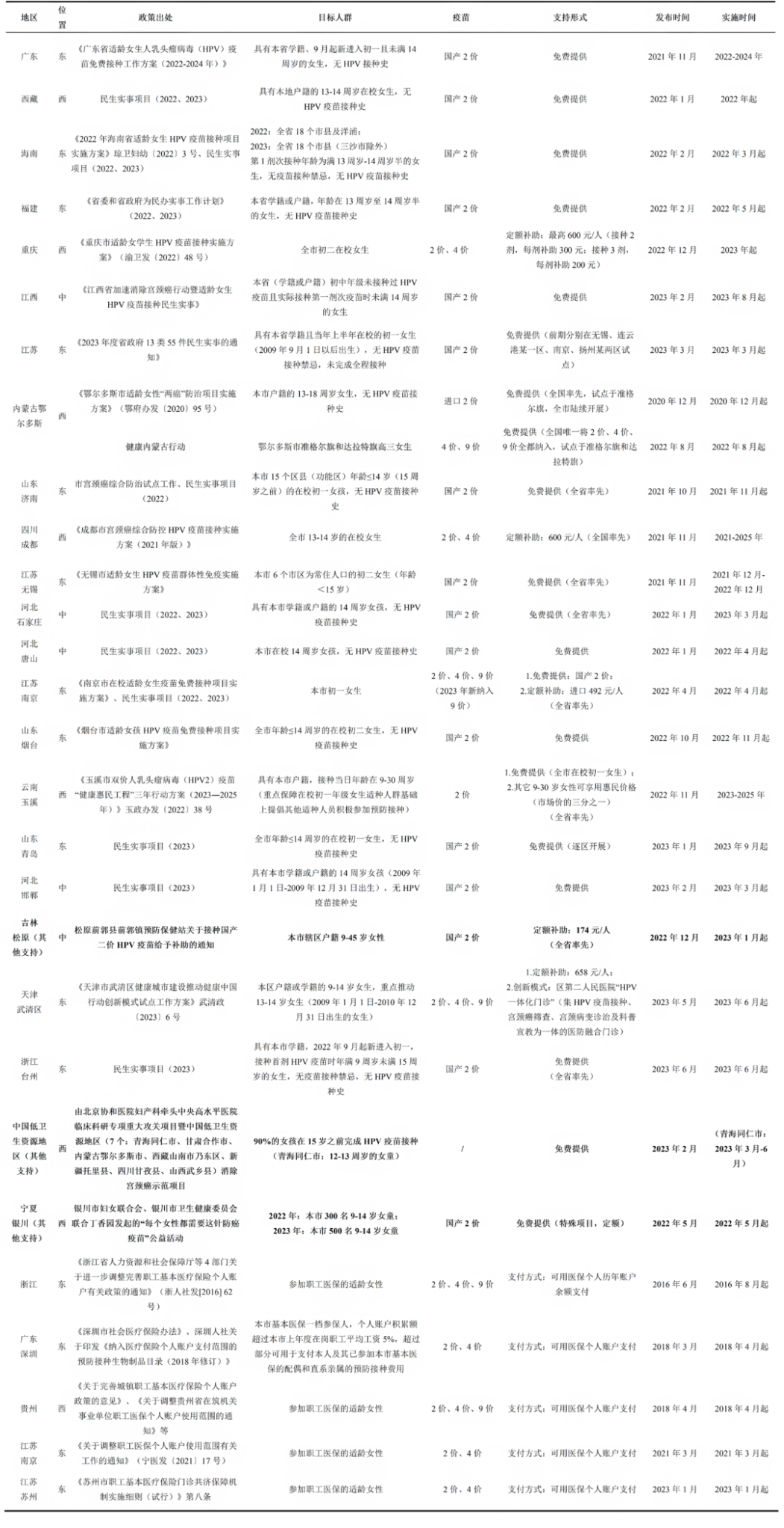“Vaccine hesitancy” is the delay or refusal to receive safe vaccination services. In 2019, the World Health Organization named vaccine hesitancy one of the top ten health threats, alongside antibiotic resistance, Ebola, and climate change. On January 10, with support from the Bill & Melinda Gates Foundation and multiple partners, the Vaccine Delivery Research Innovation Lab (hereafter referred to as “Innovation Lab”) at Duke Kunshan University hosted a symposium on “Reducing Vaccine Hesitancy and Improving Vaccination Rates.” The symposium brought together experts and scholars in the field of vaccination services, from home and abroad, to share and discuss academic research progress on the topic.
Keynote speakers for this workshop include Lavanya Vasudevan (Associate Professor of Global Health, Rollins School of Public Health, Emory University & Adjunct Associate Professor, Duke Global Health Institute), Dan Wu (London School of Hygiene & Tropical Medicine), Xiaolin Xu (Research Professor, Zhejiang University), Yu Wang (Assistant Professor of Sociology, Duke Kunshan University), and Dadong Wu (Associate Research Fellow, Shenzhen Maternity & Child Healthcare Hospital).
Professor Shenglan Tang, Co-Director of the Global Health Research Center and Director of the Innovation Lab for Vaccine Delivery Research at Duke Kunshan University, opened the session by stating that “vaccine hesitation” is a critical topic now. In recent years, the global crisis of confidence in public health policies has brought new challenges to global governance. This symposium will share and discuss the reduction of vaccine hesitancy and the improvement of vaccination rates from various perspectives and levels, including influencing factors, intervention methods, and policy promotion.
Lavanya Vasudevan (Associate Professor of Global Health at Rollins School of Public Health Emory University & Adjunct Associate Professor at Duke Global Health Institute) summarized the current key trends in global vaccine hesitancy and shared the challenges and opportunities for interventions to address the issue. Dr. Vasudevan noted that public health researchers and policymakers need to conduct ongoing, routine screening of “vaccine hesitant” groups so that they can systematically and proactively identify vaccine-hesitant sensitive groups and make timely interventions rather than reactive responses. Interventions for “vaccine hesitancy” will also be more personalized, with different behavioral interventions and customized communication content. Reaching the appropriate audience with the right messages and through suitable channels will continue to build confidence in vaccines while working to reduce misinformation about vaccines on the web.
Dan Wu (London School of Hygiene & Tropical Medicine) shared the progress of her study on the feasibility of the Pay-it-forward (PIF) model to increase HPV vaccination rates and reduce disparities in age-appropriate vaccination rates. The “Pay-it-forward” model integrates fundraising and behavioral interventions, and three community health centers in Chengdu and surrounding areas were selected to conduct a two-arm randomized controlled trial. The project has completed interviews and questionnaires for the pre-experiment and has collected vaccination data from some sites for follow-up. Based on the data obtained, the HPV vaccination appointment rate of parents of school-age girls was higher in the “relay vaccination” intervention group than the control group, and the results were statistically significant.
Xiaolin Xu (Research Professor, Zhejiang University) and Yu Wang (Assistant Professor of Sociology, Duke Kunshan University) shared the latest research progress on “Immunization coverage, willingness, knowledge, experience, and associated factors of immunization among children of left-behind and migrant families in China.” The study provides a policy basis for strengthening national immunization service coverage by investigating the current vaccination status, willingness, knowledge, experience, and related influencing factors of rural left-behind children, non-left-behind children, urban migrant children, and non-migrant children. The research focuses on whether family mobility leads to changes in health-seeking behaviors and lower childhood vaccination rates and whether there are children left behind who receive fewer vaccinations due to lack of care but also higher rates of class II vaccinations due to parents providing greater health inputs as compensation for not being able to care for their children and whether large families dilute parents’ health inputs for each child.
Dadong Wu (Associate Research Fellow, Shenzhen Maternity & Child Healthcare Hospital) shared his thoughts on “Challenges in implementing mandatory HPV vaccination among school girls in Shenzhen, Southern China: a local health system perspective.” In 2021, Shenzhen was selected as one of the world cities for “Cervical Cancer Eradication.” Subsequently, it introduced free HPV vaccination for first-year girls in 2022, achieving 87.1% coverage of first-year girls within two months. The study covered key findings from a survey on attitudes and job satisfaction of medical staff related to HPV vaccination, along with a survey on parents’ willingness to vaccinate and vaccine hesitancy among girls, as well as semi-structured interviews with key stakeholders. Dr. Dadong Wu shares the impediments and facilitators of policy advancement presented in the study results and provides references for related policy development in other cities. The workshop was summarized by Dr. Anna (Heng) Du, Senior Program Officer, China Country Office, Bill & Melinda Gates Foundation, who expressed her appreciation for the pioneering research progress conducted by the project teams. For vaccine hesitation and boosting vaccination coverage, the workshop provided a wealth of research evidence and information to consider for further information sharing. Establishing a sustainable procurement mechanism for vaccines is paramount to improving vaccination coverage. In addition, more consideration needs to be given to the issue of equity and accessibility of vaccine distribution to vulnerable groups.





